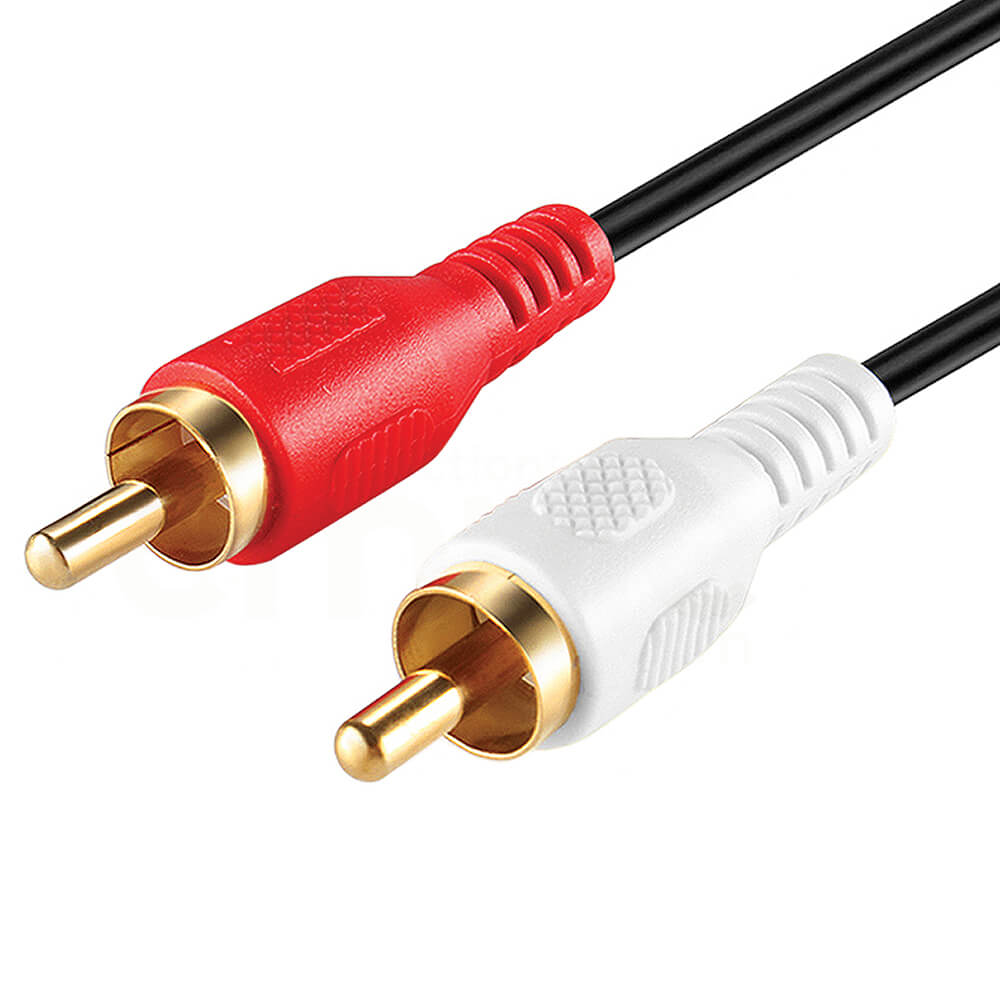I cannot imagine any reader of this blog that hasn't heard of the RCA connector.
Designed in the 1940s by the Radio Corporation of America, its first use was to connect the internal components of console and tabletop radios manufactured by RCA. Back then consumers had never seen an RCA cable unless they dug deep into the radio's internals. In the 1950s, as radio morphed into consumer audio equipment, RCA cables began to replace the quarter-inch jack, the standard for external interconnection of audio products. Before you knew it, the RCA cable was everywhere.
RCA cables can work in our high-end stereo systems. They are by far the most used connection scheme today. But just because something's used a lot doesn't mean it's the best choice. RCAs have a number of shortcomings. When inserting the connector into its female counterpart, its extended hot tip makes contact before the ground and we hear a "blaaat" if we change cables with a live amp. And, shielding? It's not good on an RCA as one of the two conductors is attempting to also act as a shield. I could go on.
In "pro" applications we use the XLR balanced connector which not only solves the RCA's shortcomings but adds another layer of improvement in its balanced configuration. And in high-end audio, an increasing number of people are moving to the superior XLR cable too. Bravo.
Some technologies have run their course and need to be replaced. The RCA cable has enjoyed an 80 year-long run. It's probably time to join the other retirees in the setting sun.









